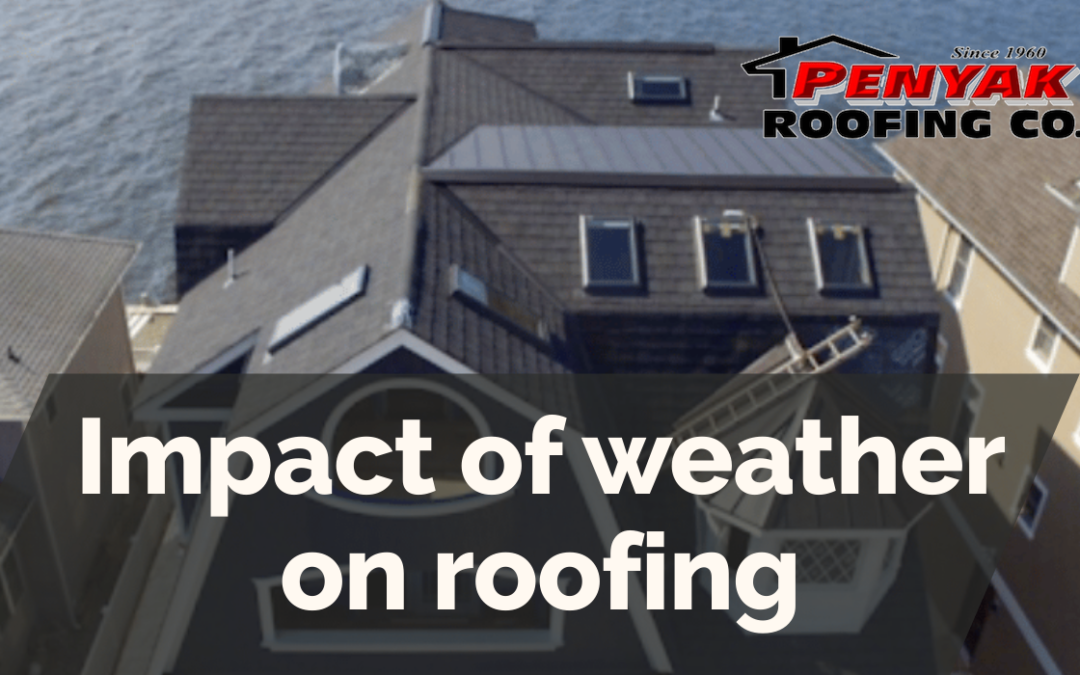When it comes to the overall integrity and longevity of your home, few elements are as important as your roof. Yet there’s one factor that impacts its durability more than almost anything else: weather. Regardless of where you live, variations in weather patterns greatly influence your roof’s condition. In this article, we’ll examine how various weather conditions can impact a roof, and what you can do to mitigate these effects.
The Impact of Sunshine and Heat on Your Roof
Intense sunlight and heat can have a degrading effect on your roof, especially if it’s made of asphalt. Over time, continuous exposure to sun can cause roofing materials to crack or curl, thereby weakening the structure overall.
How to Protect Your Roof from Heat Damage
One effective way of protecting your roof against heat damage is by ensuring it’s properly ventilated. Adequate ventilation prevents heat build-up in the attic, which can radiate downwards and degrade interior components of your home.
Effects of Cold Weather and Snow on Roofs
Cold weather brings snow and ice, both of which can cause significant problems for your roof. Ice dams, for example, occur when snow on the roof melts, trickles down and re-freezes at the edge. The ice blockage can force additional meltwater to penetrate the shingles, leading to leaks inside the home.
How to Cope with Snow and Ice
Preventing ice dams is largely a matter of managing attic temperature by enhancing insulation and sealing off potential air leaks. Regularly removing snow from your roof is another way to prevent ice dam formation.
Rain and Your Roof:
In high rainfall areas, a roof’s ability to repel water is tested to its limits. Over time, continuous exposure to rain can result in the growth of molds and mildews or even roof leaks.
Handling Rain-Related Threats
The best defense against rain-related damage is a solid, well-maintained roof. Regular inspections will help detect and repair any leaks or damages early, thereby preventing further degradation.
Wind Damage and Roofs
High winds can lift shingles, tear them off, or drive rain and debris underneath them. Over time, the protective layer beneath the shingles may be exposed and affected by the elements, leading to more serious problems like leaks.
Resisting Wind Damage
A well-built and well-maintained roof is key to resisting wind damage. Always replace damaged or missing shingles promptly, and use roofing products rated for the wind speeds typical in your area.
Conclusion:
Understanding the effects of weather on your roof will help you adapt and respond to weather-related threats, thereby prolonging its life. Whether you’re combating damage from the sun, rain, wind, ice or snow, the solution is often a combination of choice roofing materials, regular maintenance and timely repairs.


Recent Comments